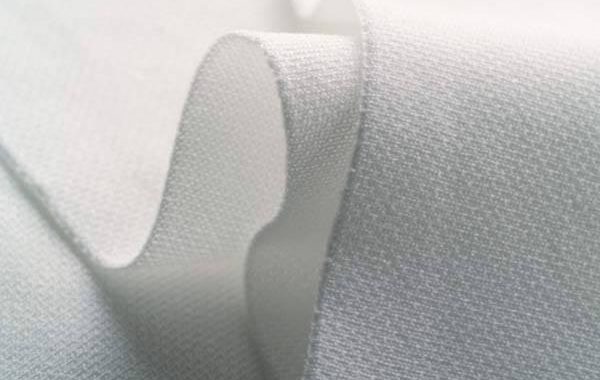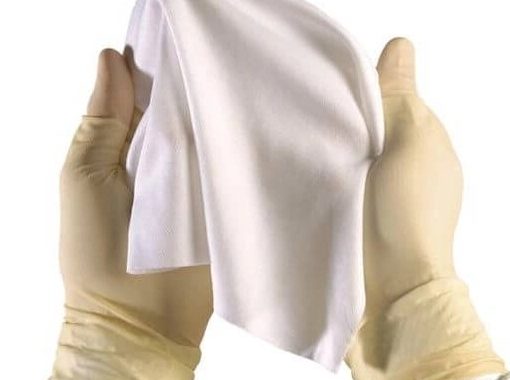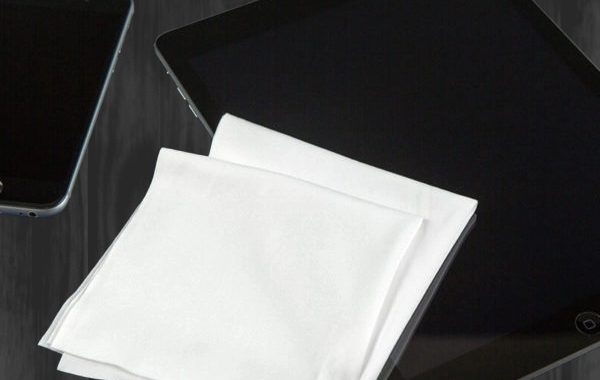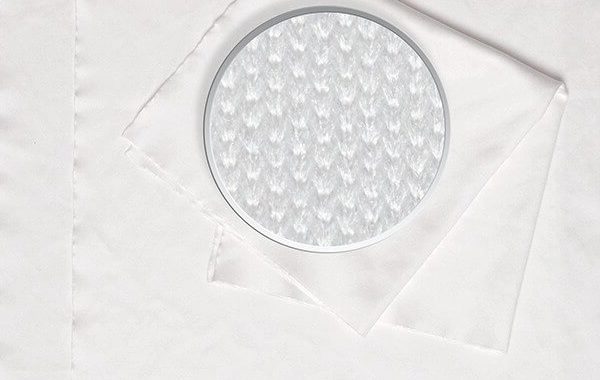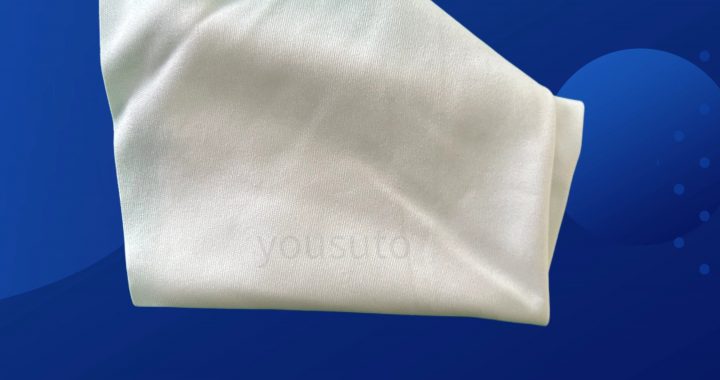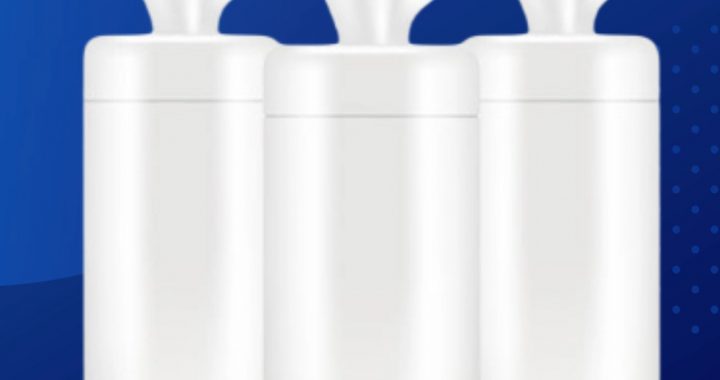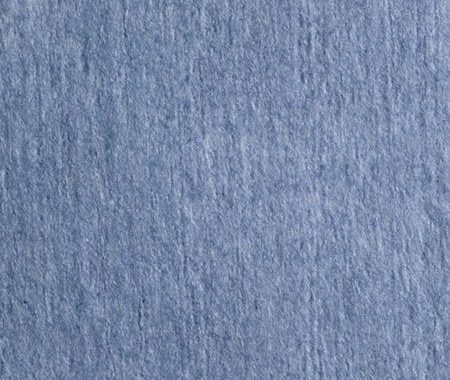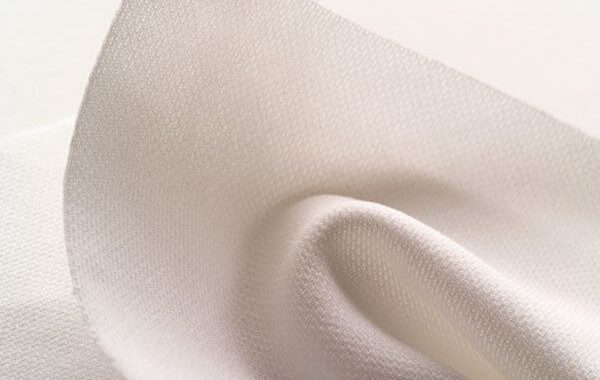Selecting the right cleanroom wipes for Class 100 environments is crucial to maintaining the high standards of cleanliness and preventing contamination. Cleanroom wipes help ensure that the cleanroom remains free from particles, dust, and residues that could affect sensitive processes or products, especially in semiconductor manufacturing, pharmaceutical production, and precision laboratories.
Key Features:
-
Low Particle Count: Wipes for Class 100 cleanrooms must have an extremely low particle count, usually ≤0.5 microns. This is essential to prevent contamination from even the smallest dust particles, which could compromise sensitive equipment or materials.
-
Lint-Free Design: Lint-free wipes are crucial for preventing fiber shedding. Cleanroom wipes should not leave behind lint or fibers after use, as they can contaminate surfaces and interfere with critical operations.
-
High Absorbency: Cleanroom wipes for Class 100 environments should be highly absorbent to effectively capture dust, oils, and solvents. High absorbency ensures a thorough cleaning process with minimal residue left behind.
-
Chemical Resistance: The wipes should be compatible with cleaning solvents commonly used in cleanroom environments, such as isopropyl alcohol (IPA) and other non-corrosive solutions, without disintegrating or leaving harmful residues.
How to Choose the Right Wipe:
-
Cleanroom Classification Compatibility: Ensure the wipe is designed for the cleanliness standards of a Class 100 environment. The material used, such as polyester or a blend of polyester and nylon, plays a key role in meeting these requirements.
-
Material and Construction: Consider wipes made from non-abrasive materials like polyester, which are ideal for use in Class 100 cleanrooms. These materials provide effective cleaning without risking damage to sensitive surfaces.
-
Size and Packaging: Select wipes that fit the cleaning needs of your cleanroom. For precise areas like electronics or laboratory tools, smaller wipes (e.g., 4×4 inches) may be more suitable. Also, consider bulk packaging for cost-efficiency in high-use environments.
-
Pre-Wetted or Dry Wipes: Depending on your cleaning process, you may need pre-wetted wipes or dry wipes. Pre-wetted wipes with isopropyl alcohol are ideal for disinfecting and wiping surfaces, while dry wipes are suited for dusting or general cleaning tasks.
Applications:
-
Semiconductor Manufacturing: Essential for cleaning semiconductor wafers and circuit boards without introducing particles or residues.
-
Pharmaceutical Production: Used to maintain sterile environments by cleaning workstations, equipment, and surfaces in pharmaceutical labs.
-
Optical and Precision Equipment: Ideal for cleaning sensitive optical instruments like microscopes and lenses that require precision cleaning without the risk of contamination.
-
Laboratories: Used in scientific research environments where cleanliness is critical to ensure accurate and uncontaminated results.
Benefits:
-
Prevents Contamination: By effectively removing dust and residues, cleanroom wipes help maintain a particle-free environment, reducing the risk of contamination.
-
Improved Efficiency: High absorbency and lint-free design make the cleaning process faster and more effective, improving overall cleanroom productivity.
-
Protects Sensitive Equipment: These wipes ensure that delicate instruments and equipment are not damaged by abrasive materials or contaminants.


